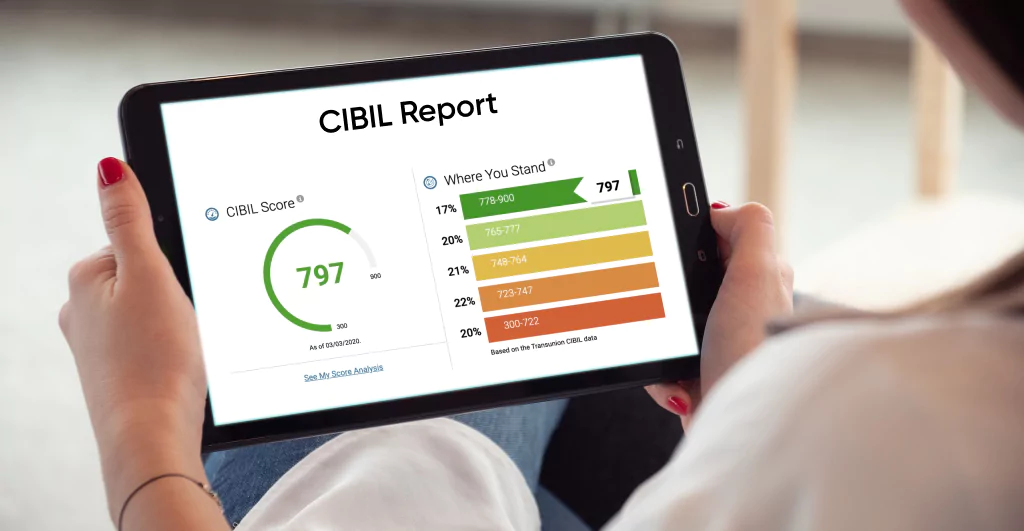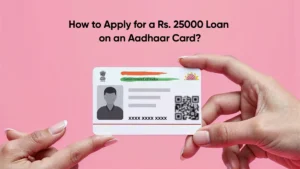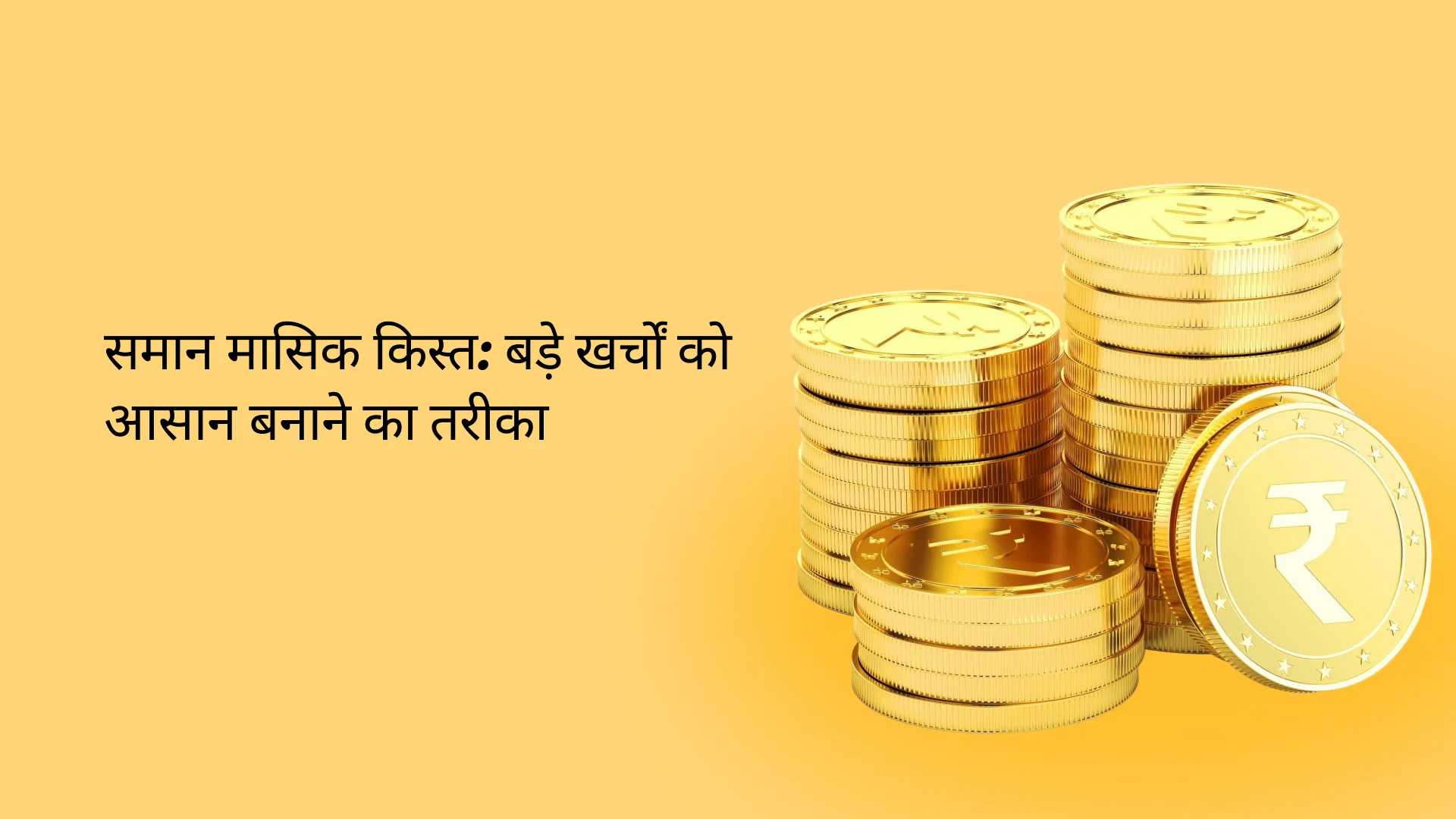How to read your Free CIBIL report?

Reviewing your CIBIL report regularly has many benefits. It helps you to keep track of your ongoing and past debts, identify inaccuracies if any, monitor for fraudulent activity, understand your creditworthiness, etc.
To learn how to read CIBIL report, let us start with understanding the meaning of CIBIL and CIBIL report.
The full form of CIBIL is Credit Information Bureau (India) Limited. In simple words, CIBIL is a credit information company. It is one of the four credit bureaus of India that collect information about all the loans and credit cards that have been issued by financial institutions such as banks, NBFCs, housing finance companies, co-operative banks, etc.
CIBIL report, also known as CIR or Credit Information Report, is a borrower’s credit repayment history of all the loans and credit cards. It is divided into four sections. Let us discuss them in detail so you have a thorough understanding of how to cibil check online to get CIBIL report:
Table of Contents
ToggleSection 1: CIBIL TransUnion Score
Based on your Credit Information Report, CIBIL measures your creditworthiness and assigns you a CIBIL score. It is a statistically derived number based on the information in the credit report. It ranges from 300 to 900. You should aim to keep your score as high as possible.
Here is a simple analogy to understand the difference between CIBIL score and credit history. Credit history is like the report card you got in your school which had details of your performance throughout the year. A CIBIL score is like the grade or percentage you got which represented your whole year’s performance.
If instead of your credit score, the report shows NA or NH, this is what it means:
- NA means “No activity.” It says that the person has not undertaken any loan or credit card in the last few years and hence, its score cannot be calculated.
- NH means “No history.” This means that either the person has never taken a loan or a credit card or is new to credit, say a few months old and hence, the data is insufficient to calculate the CIBIL score.
Now let us discuss the details you get in the “Credit Summary” section:
- Current Balance: This shows the sum of your active outstanding accounts of all the loans and credit cards you have taken.
- Late Payments: This reflects the number of times you have made late payments in the last three years.
- Utilization Ratio: It is the ratio of the total credit that you have used against your credit limit.
- Accounts opened: It shows the number of loans & credit cards you have taken in the last three years. For example, if you have taken 4 loans and 1 credit card in the last three years, it will show ‘5’ here.
- Enquiries: This shows the number of times financial institutions have pulled your Credit Information Report in the last three years. This does not include soft enquiries, i.e., when an individual pulls their own credit score or credit report from the bureau
- Depth of Credit: This shows the number of years that have passed since you took your oldest loan or credit card. It reflects how old your credit history is.
- Available Credit: This shows the total amount of money that is left to use from your credit limit.
What is “Control Number” in a Free CIBIL Report?
Control Number, also known as ECN or Enquiry Control Number, is a unique ten-digit number that is generated every time the lender pulls your credit report. It helps to keep a record of the information that was shared with the lender. You can find this number at the top right corner of your CIBIL report.
Section 2: Personal Information
This section shows the personal details of the borrower that CIBIL has received from all the lenders. It contains:
- Full Name of the Borrower
- Date of birth
- Gender
Identification Type- Details of required documents that the borrower would have submitted to the financial institutions
Addresses: CIBIL stores as much addresses’ information as it receives from the lenders. However, it only shows the latest four addresses in the report.
Telephone/Mobile Numbers:
Like addresses, the report only shows the latest four numbers recorded.
- E-mail address
- Occupation
- Income
Section 3: Account Information
This is the most important section. It has complete details of all your loans and credit cards shared by the financial institutions. Each loan and credit card will have a different report under this section. Each report under this section will have the following information:
Account Details:
- Name of the Lender: Name of the financial institution from where the loan or credit card is taken.
- Account Type: It shows the type of loan like personal loan, housing loan, auto loan, business loan, etc.
- Ownership: It reflects your stake in the loan, like an individual, joint loan, guarantor, etc.
- Date Details: This includes date opened/disbursed, date closed, date of last payment and date reported and certified.
Even if you have taken a joint loan with someone and your co-lender is supposed to repay the loan, the loan will be shown in your credit report. In case of default too, your credit report and credit score will get affected.
The loan will be reflected in your credit information report if you become a guarantor. In case the borrower defaults, the lender can reach out to you and ask you to repay the loan since you are legally liable.
Account Status:
- Credit Limit: This is relevant only in the case of credit cards. It shows the limit issued to the borrower.
- Sanctioned Amount: This shows the total amount of loan taken.
- Current Balance: Loan amount left to be repaid on the date of credit report generation.
- Cash Limit: This is also relevant only in the case of credit cards. It shows the amount of money the borrower is allowed to withdraw in cash.
- Amount Overdue: This reflects the amount that has not been paid on time as on the date of credit report generation.
- Rate of Interest: The interest rate charged by the lender for the debt.
- Repayment Tenure: The period in which the debt is supposed to be repaid.
- EMI Amount: EMI or equated monthly instalment means the amount that borrower is supposed to pay each month for this debt.
Also Read: Personal Loan EMI Calculator
- Payment Frequency: This shows the frequency of duration like monthly, quarterly, etc.
- Actual Payment Amount: It is the actual amount paid to the lender. This is shown if the paid amount is different from the EMI amount.
Collateral:
- Value of Collateral: This shows the value of the asset that the borrower has pledged against the loan.
- Type of Collateral: It tells us about the kind of collateral like car, property, FD, gold, mutual funds, etc
Status:
- Suit Filed/Wilful Default: This has details of any dispute or court case of the borrower.
- Written-Off Status: It shows if the borrower has defaulted on any loan in the past.
- Written-Off Amount (Total): This shows the amount of loan defaulted.
- Written-Off Amount (Principal): This shows the total amount minus the interest amount.
- Settlement Amount: When a borrower and lender agree to settle on a certain amount, it is called the settlement amount.
Payment Status:
It shows complete details of your repayment of the last 36 months of that particular loan or credit card. It shows the payment start date and payment end date.
Here is what these terms mean in this section:
- DPD or Days Past Due: Number of days since the loan has been overdue.
- 000: If under any month, “000” is written, this means that o days have passed since the loan has been overdue which means that the loan for that month has been paid on time. If there is another number, say 050, this means that 50 days have passed since the due date.
- STD: It means standard payment made within 90 days. It means that the payment was done within 90 days.
- SUB: This means sub-standard. This means that the payment is done after 90 days of the due date.
- SMA or Special Mention Account: This means that the standard account is moving towards a sub-standard amount.
- DBT or Doubtful: This is mentioned when an account is sub-standard for 12 months.
- Loss or LSS: When a loss has been identified and remains uncollectible, the lender can mention LSS for that month.
Section 4: Enquiry Information:
This account shows the details of all the times when financial institutions have pulled out your credit information from the bureau. You should not apply for multiple loans and credit cards at the same time as it reflects your credit-hungry behaviour and negatively affects your credit score.
This section has the following information:
- Member Name: Name of the financial institution which has accessed your credit report.
- Date of Enquiry: The date on which they pulled out your credit report.
- Enquiry Purpose: The kind of loan for which they enquired, like housing loan, credit card, etc.
- Enquiry Amount: The amount of loan for which the borrower has applied.
Information that is Not Included in the Credit Information Report:
- Savings Account Details: Any information related to an individual’s saving account will not be present in this report.
- Transaction Details of Your Credit Card: CIBIL would only know the balance left at the end of the month and the amount outstanding on all your credit cards. Your transaction details are not shared by the banks with the bureau.
- Investment Details (Mutual Funds, Stocks, Insurance, etc): No information about investments is present in the report.
- Utility Payment Details: Your information on bills, payments, subscriptions, etc are not reported by the banks to the bureau.
- Additional Fact: As long as you pay the “Minimum amount due” on your credit cards, you will not be considered a defaulter. However, it is advisable to pay the full amount as you would be charged high interest on the outstanding amount.
This blog was a complete guide on how to read CIBIL report. You are now ready to understand all the sections of your CIBIL report.
Check Your Credit Score for Free
Checking your credit score and report can help you stay on top of your credit health and check any incorrect reporting or inconsistencies.
The safest way to check your credit score for free is by visiting the websites of the 4 major credit reporting agencies of India; Experian, Equifax, TransUnion and CRIF.
You can visit the website and get a detailed report which will contain all your credit-related information.
What is a Credit Score? How Does it Work?
A credit score is a three-digit number that determines the credit worthiness of a person. It’s calculated based on your past repayment behavior and can majorly affect your loan eligibility. The higher your credit score, the higher will be your loan eligibility.
Also Read: Personal Loan Eligibility
There are four bureaus in India that determine the credit score:
- CIBIL
- Experian
- Equifax
- CRIF High Mark
A good credit score can increase your loan eligibility which means you can get high value loans at a lower interest rate. Depending on the credit bureau, the credit score can range between 300 to 900. Anything above 750 is considered as a good credit score.
Few Steps to Attain Financial Freedom
Attaining financial freedom is possible. All you need to do is follow these few steps diligently:
Pay Off Any Ongoing Debts
The first step towards financial freedom is becoming debt-free by debt consolidation loan. This will not only help you save money in the long-term but also increase your credit score. This will automatically increase your loan eligibility, opening doors to more high value loans in the future.
Add More Sources of Income
Adding an extra source of income can help you save more money which will eventually help you attain financial freedom. You can always take up a part-time job or freelance work like graphic designing, data entry, content writing, or even consider trading to increase your monthly income.
Keep Saving And Investing Every Month
Saving and investing every month can help you grow your wealth and become financially free. With the various options available in the market, you can save money in a recurring deposit or even invest in stocks or shares.
Cut Down on Excessive Spending
A primary reason why people are unable to achieve financial freedom is because of excessive spending. While it might be okay to cater to your wants, you have to be smart about it. When you create a budget and cut down on any excessive spending, you automatically end up saving more money which takes you a step closer to becoming financially free.
Track Your Expenses
The first step towards creating a good budget is tracking your expenses. When you know exactly where you’re spending, you can get a grip on your budget and save more money each month.
Frequently Asked Question
How Can I Get My Full Cibil Report Free?
You can get your full CIBIL report for free by visiting the official website of CIBIL and downloading your credit report.
Is It Safe To Get A Free Cibil Report Online?
The safest way to get a free CIBIL report online is by going to the official website of CIBIL and downloading the credit report.
How Can I Use My Free Cibil Report To Improve My Credit Score?
You can use your CIBIL report to improve your credit score by checking for any incorrect reportings and understanding what overdue payments are affecting your score.
Do I Need To Provide Personal Information To Access A Free Cibil Report?
Yes, you can get access to your free CIBIL report by providing details of PAN ID.
What Is The Cost Of Cibil Report Download?
You can download your CIBIL report for free by visiting the official website of CIBIL. There are many other websites that let you check your CIBIL report for free.
YOU MAY ALSO LIKE

Search by posts
Recent post
-
 समान मासिक किस्त: आपकी वित्तीय खर्चों को आसान बनाने वाला तरीका
समान मासिक किस्त: आपकी वित्तीय खर्चों को आसान बनाने वाला तरीका
-
 Apply for 50000 Rupees Loan Urgently: Get Disbursed in Few Minutes
Apply for 50000 Rupees Loan Urgently: Get Disbursed in Few Minutes
-
 How to get Instant Loan on Aadhaar Card without Salary Slip
How to get Instant Loan on Aadhaar Card without Salary Slip
-
 How to Apply for a Rs. 25,000 Loan on an Aadhaar Card?
How to Apply for a Rs. 25,000 Loan on an Aadhaar Card?
-
 How to Get ₹30,000 loan without income proof: Quick Ways
How to Get ₹30,000 loan without income proof: Quick Ways
Categories
- Blog (6)
- Credit History (36)
- Credit Line (7)
- Festive (4)
- Finance (15)
- Mutual Fund (19)
- Personal Loan (275)
- Tax (8)
- Zype (4)













